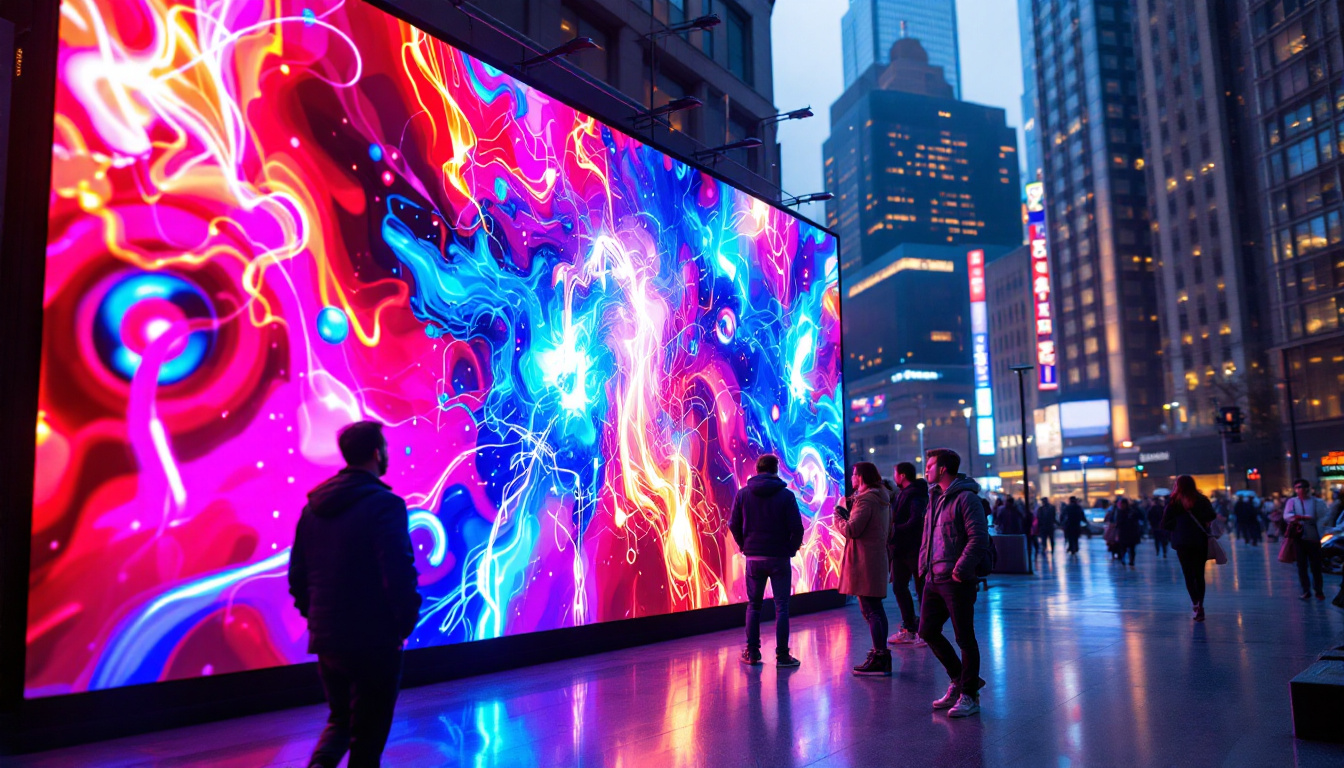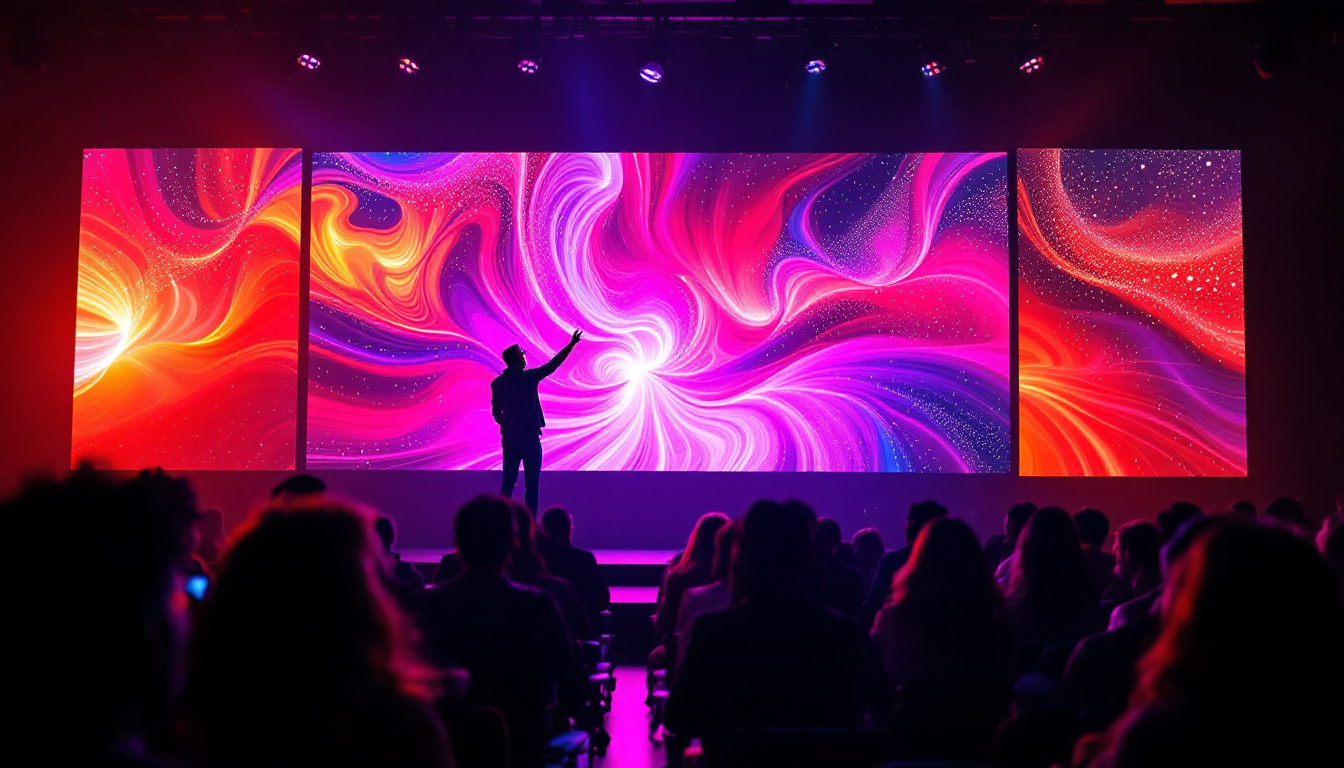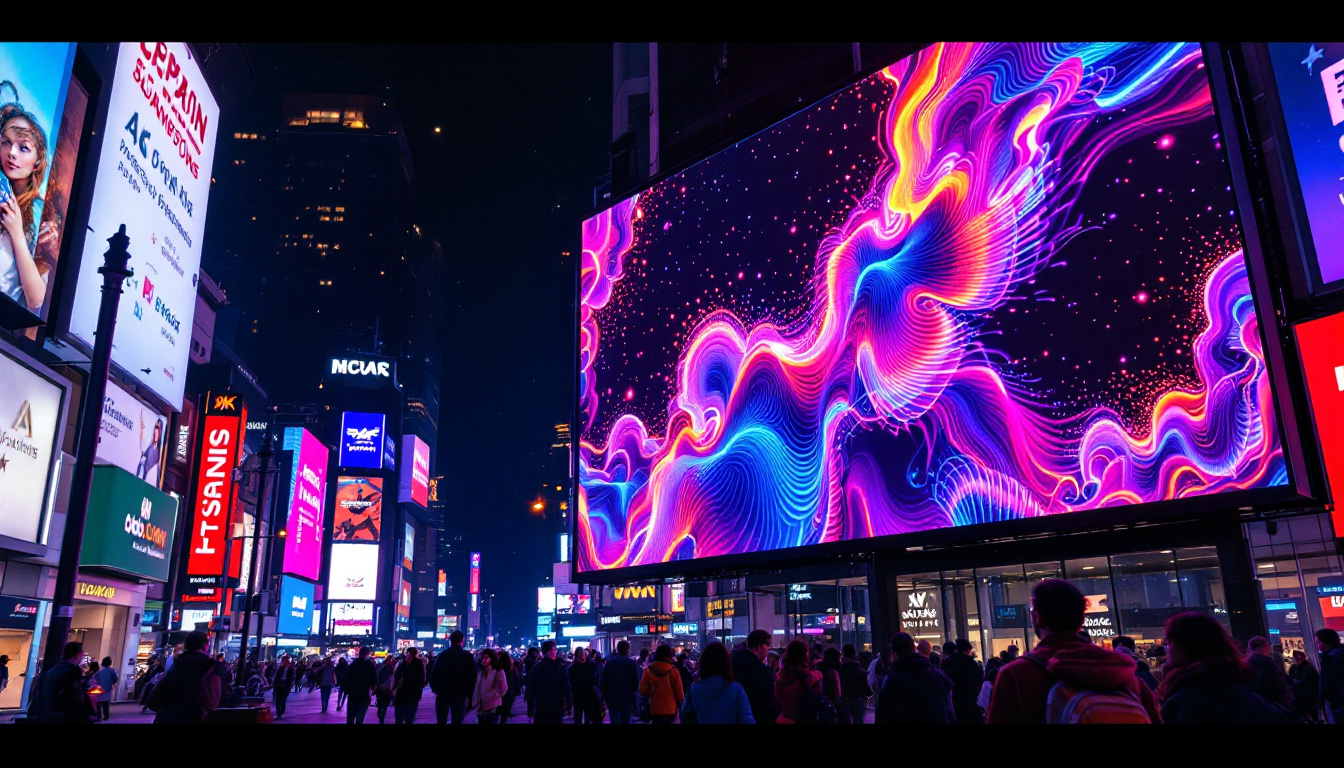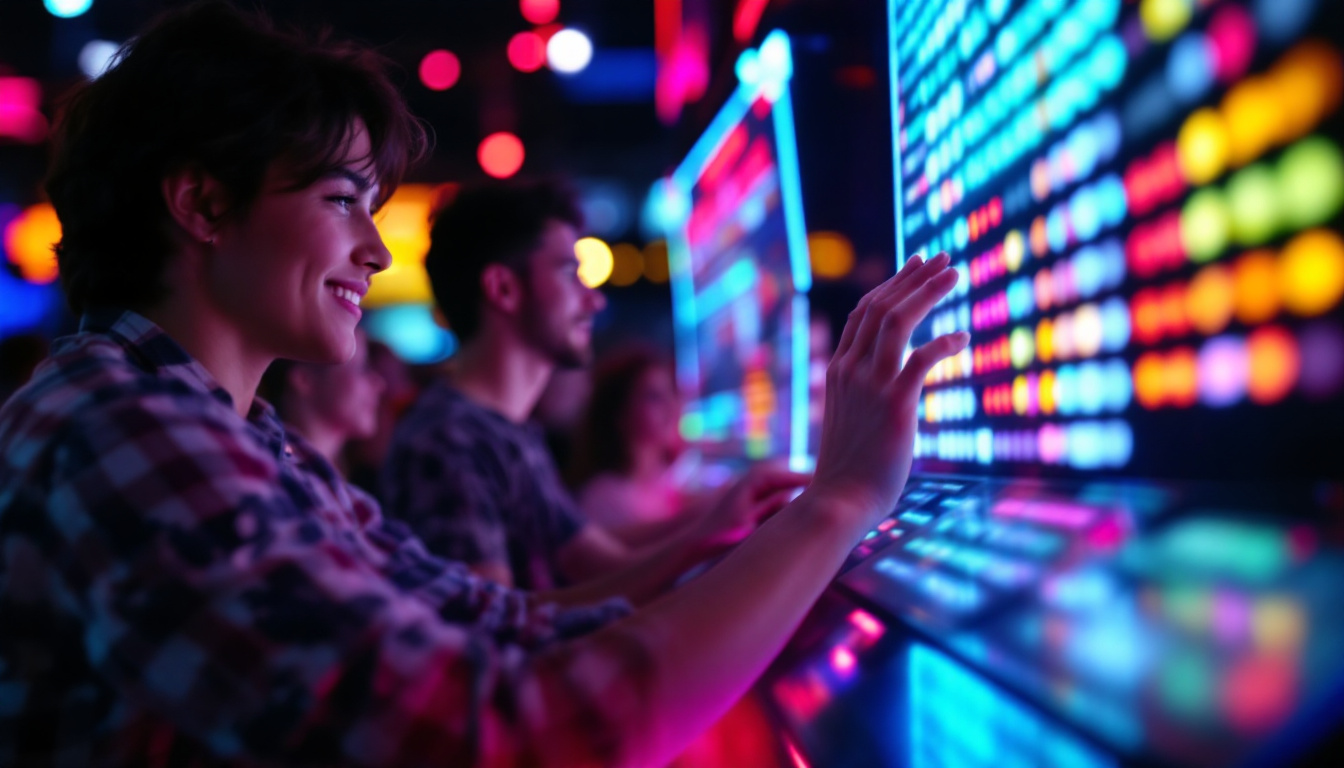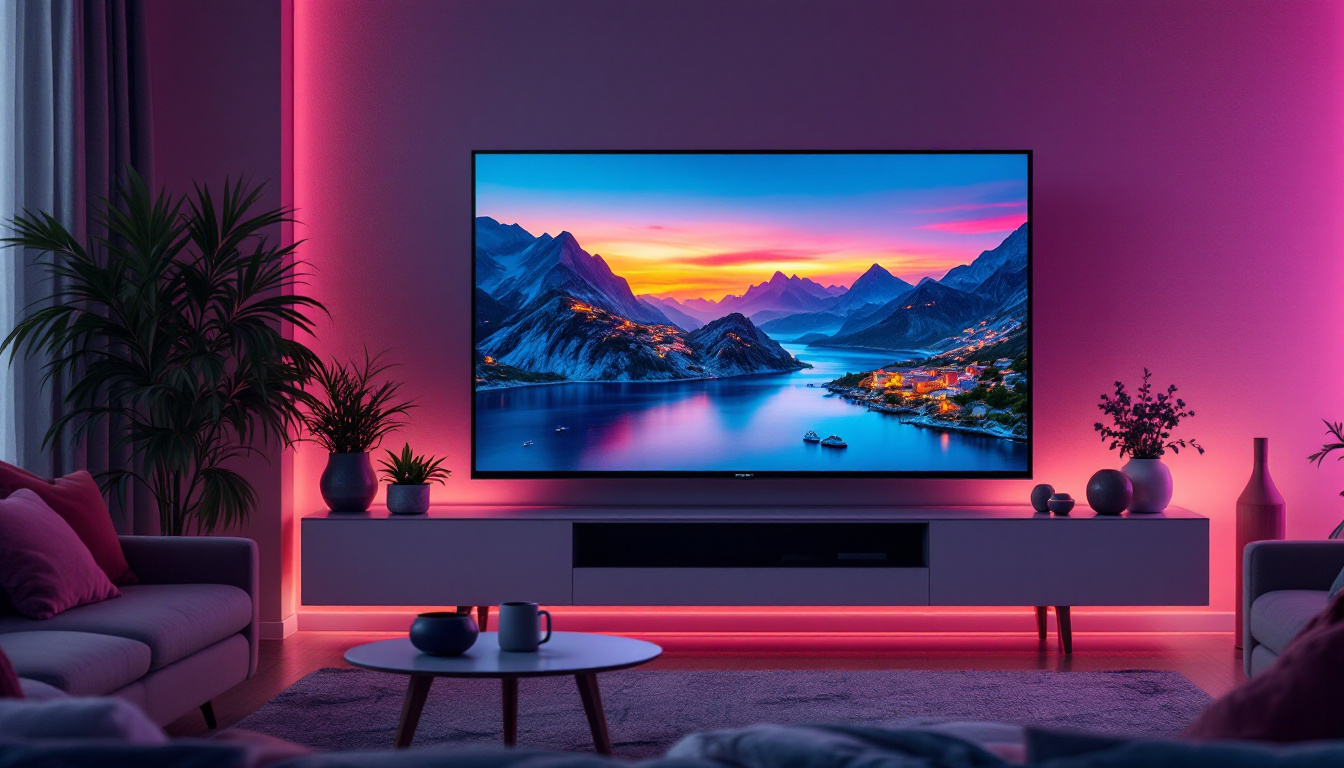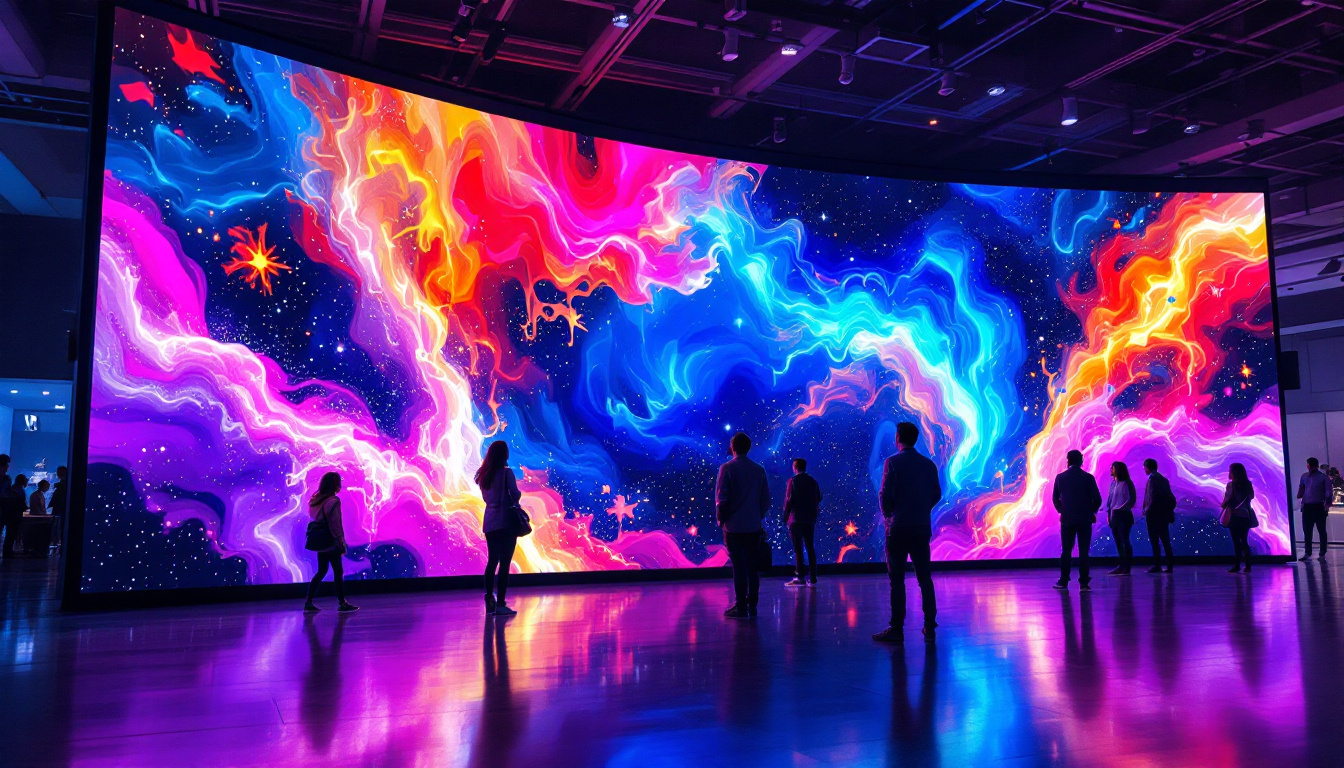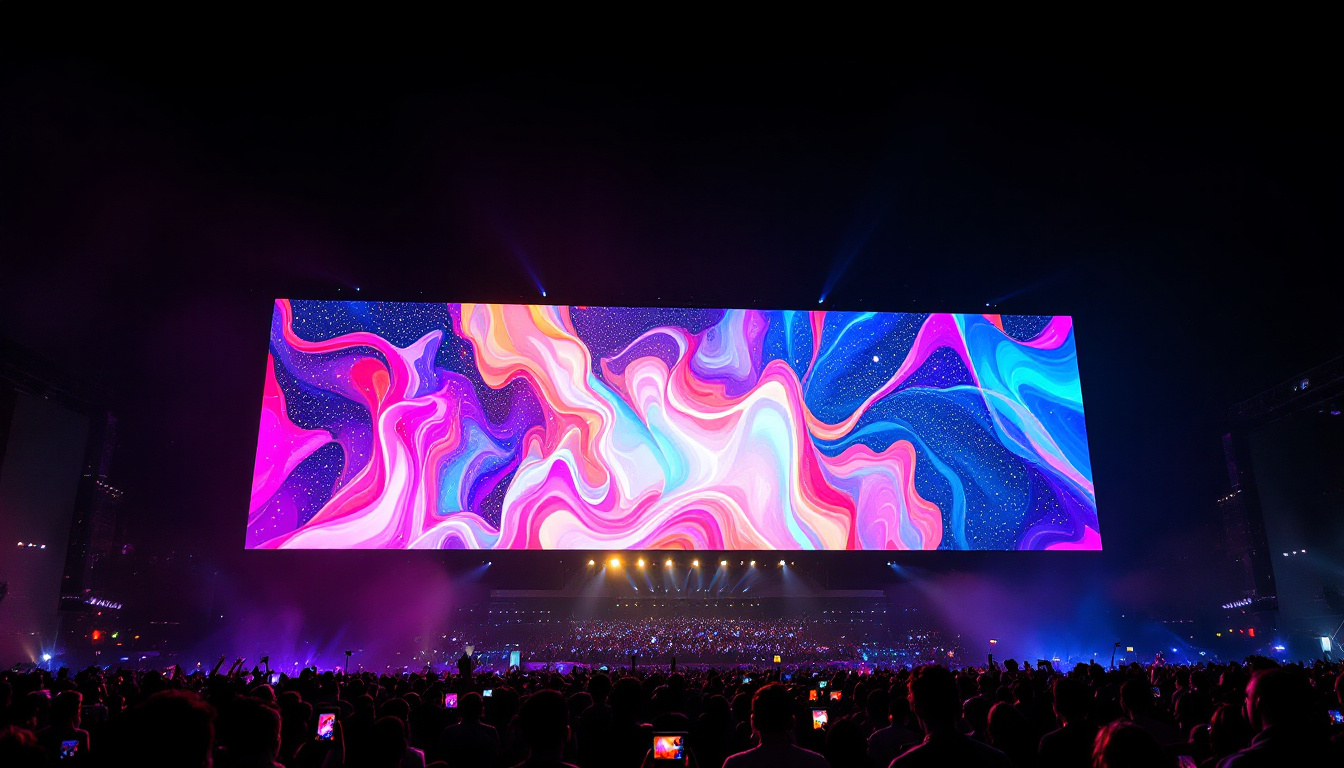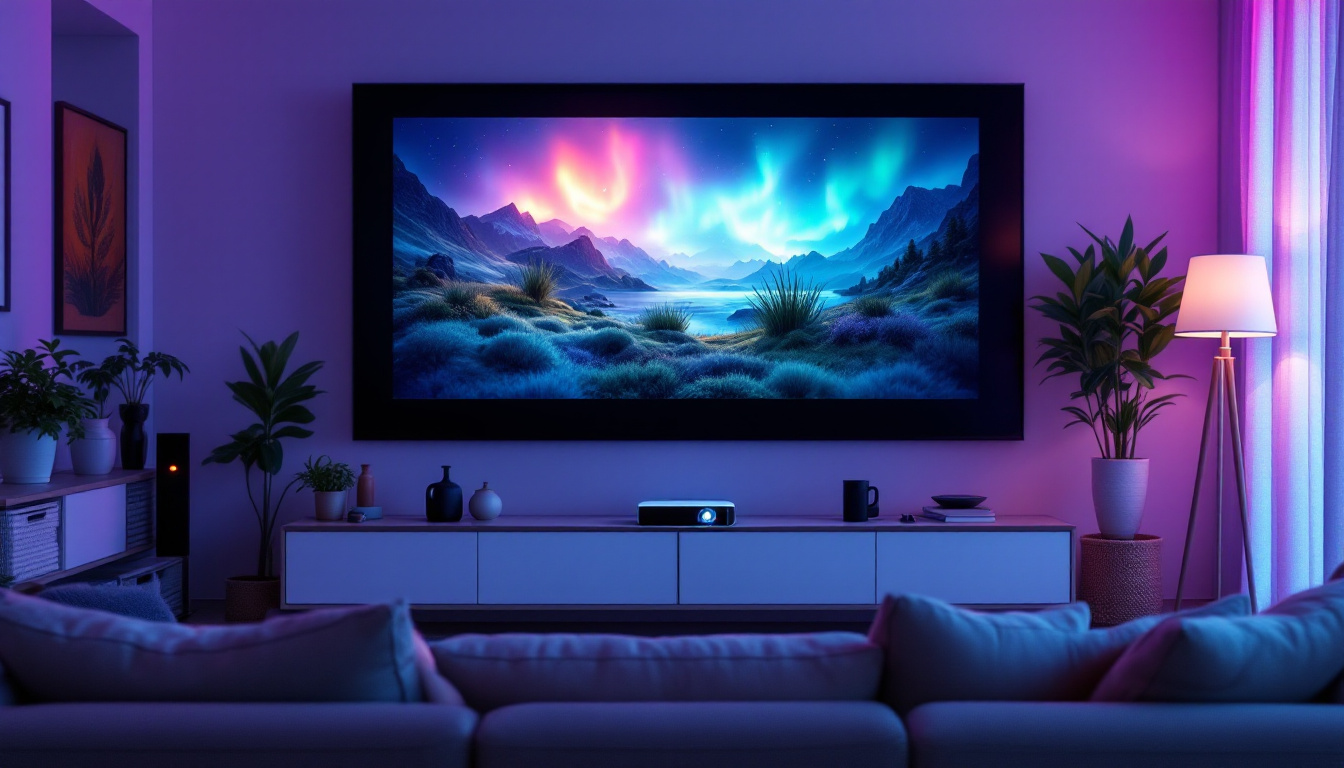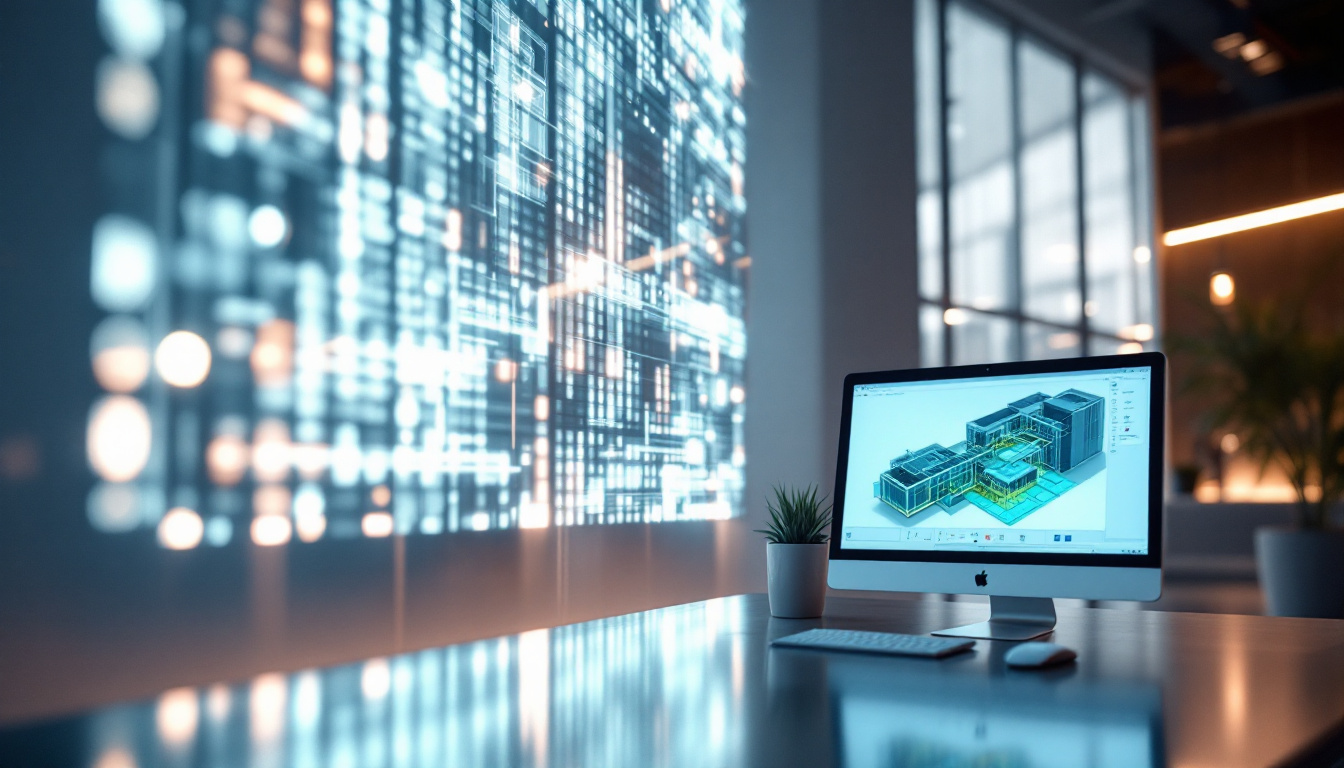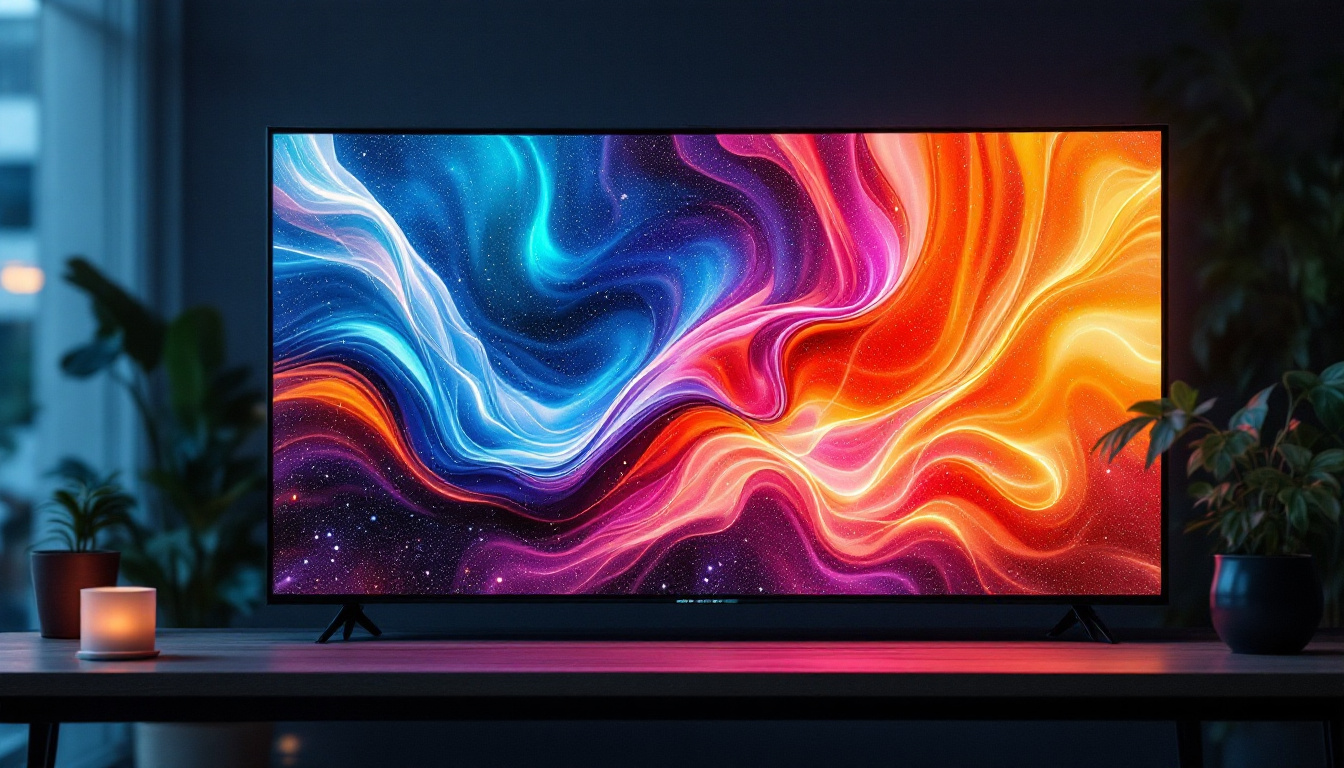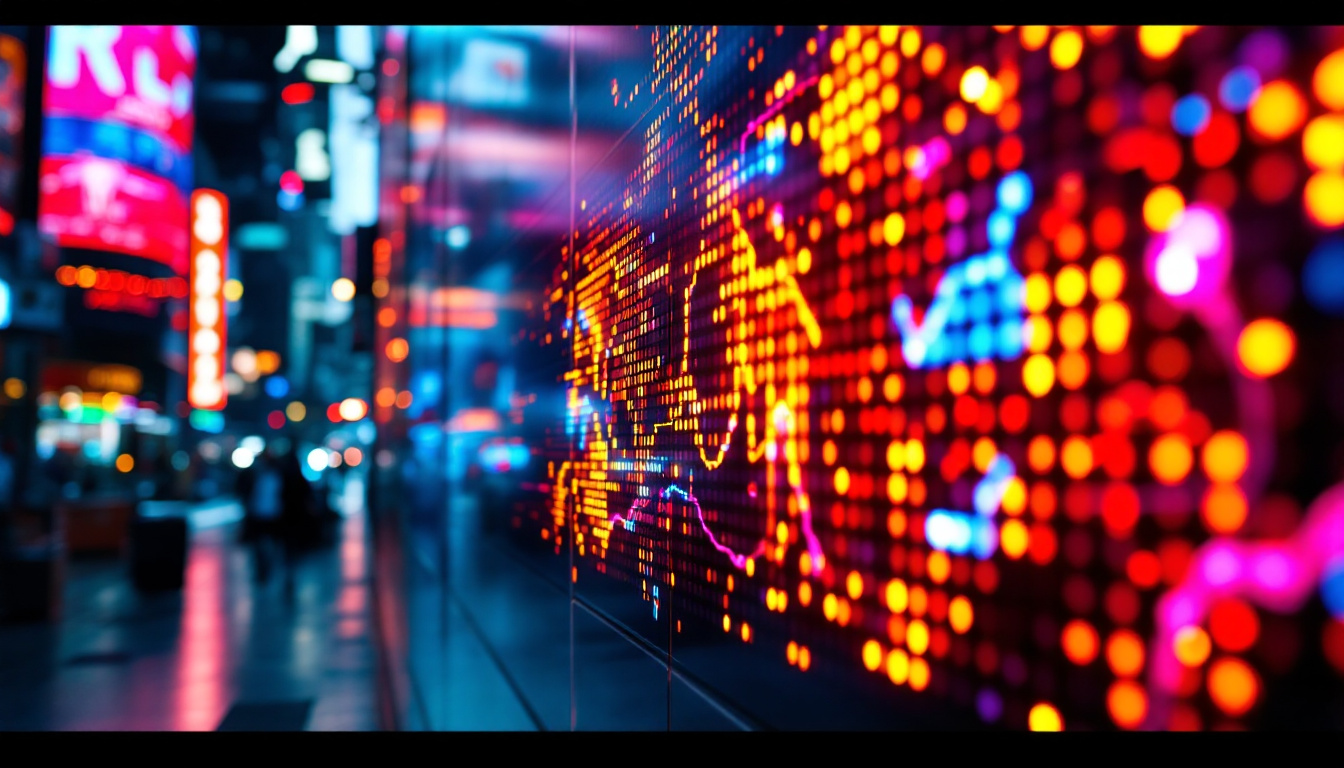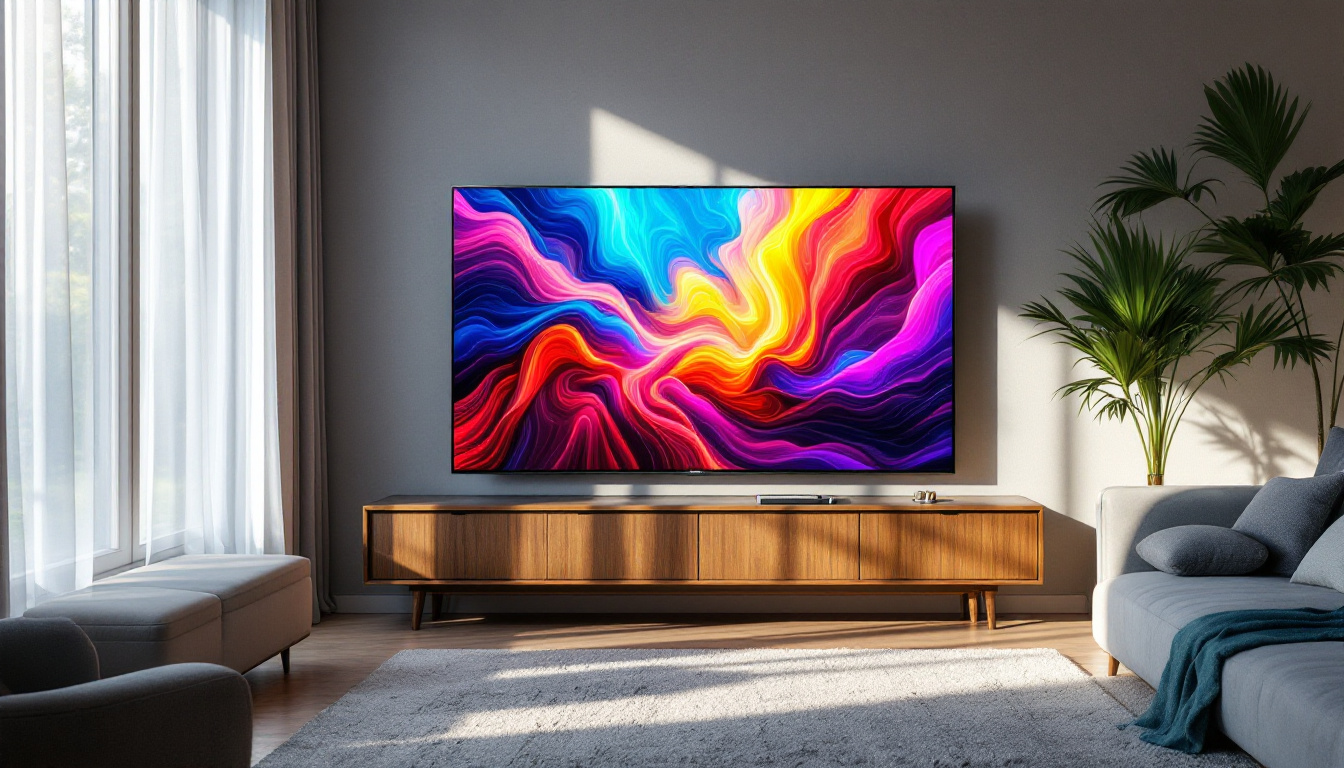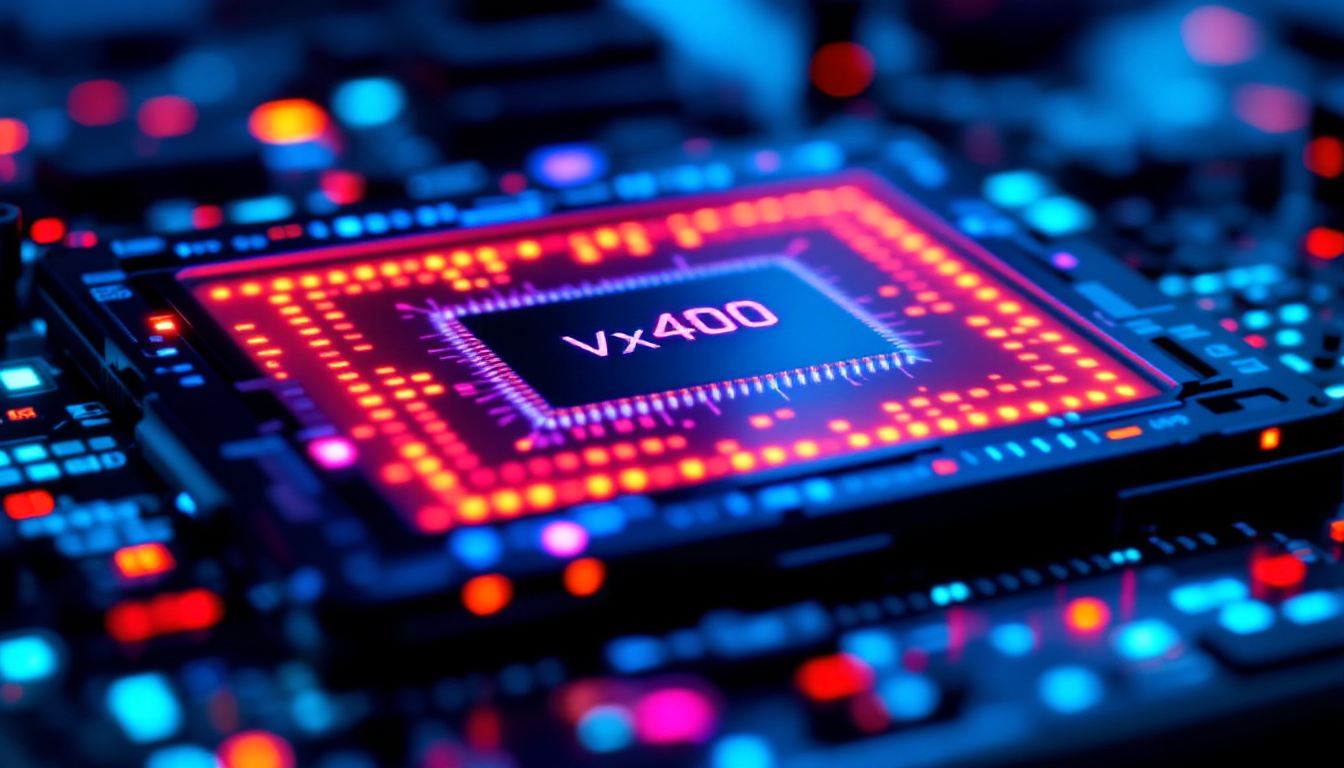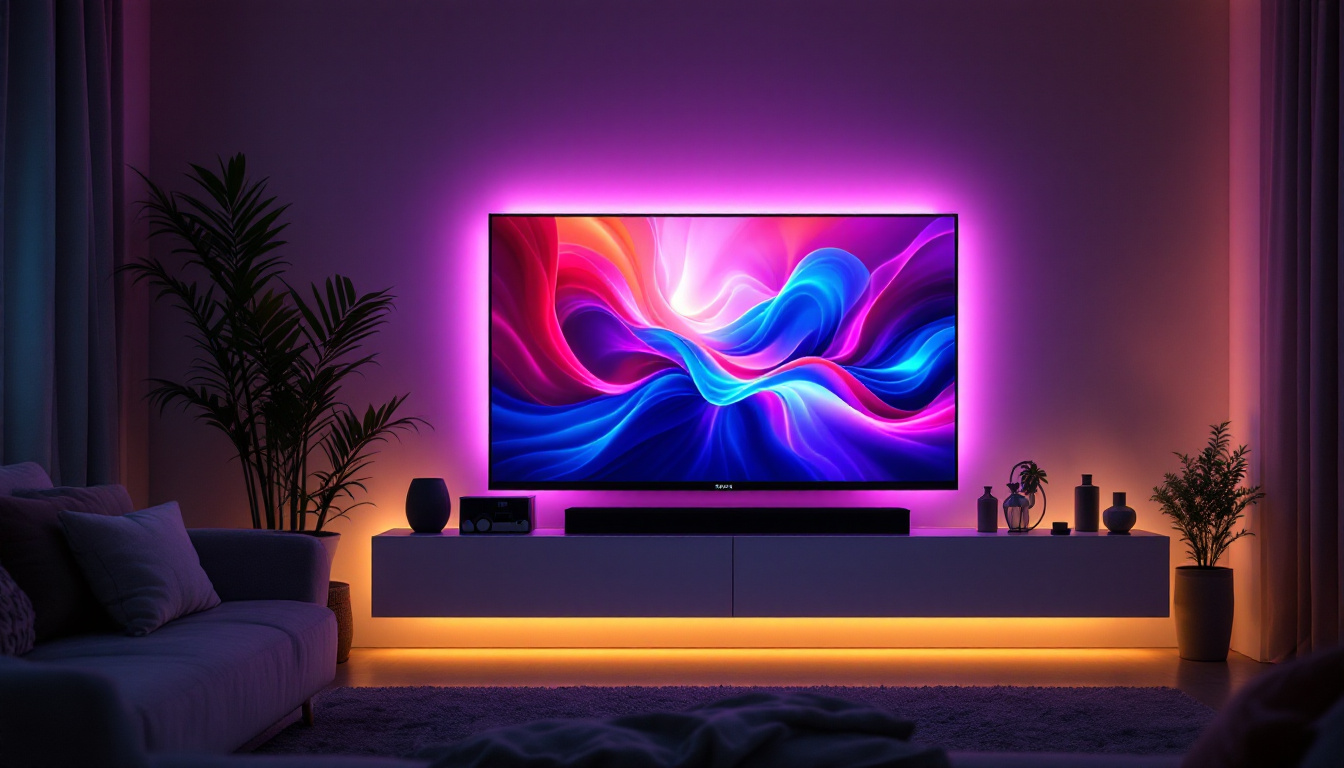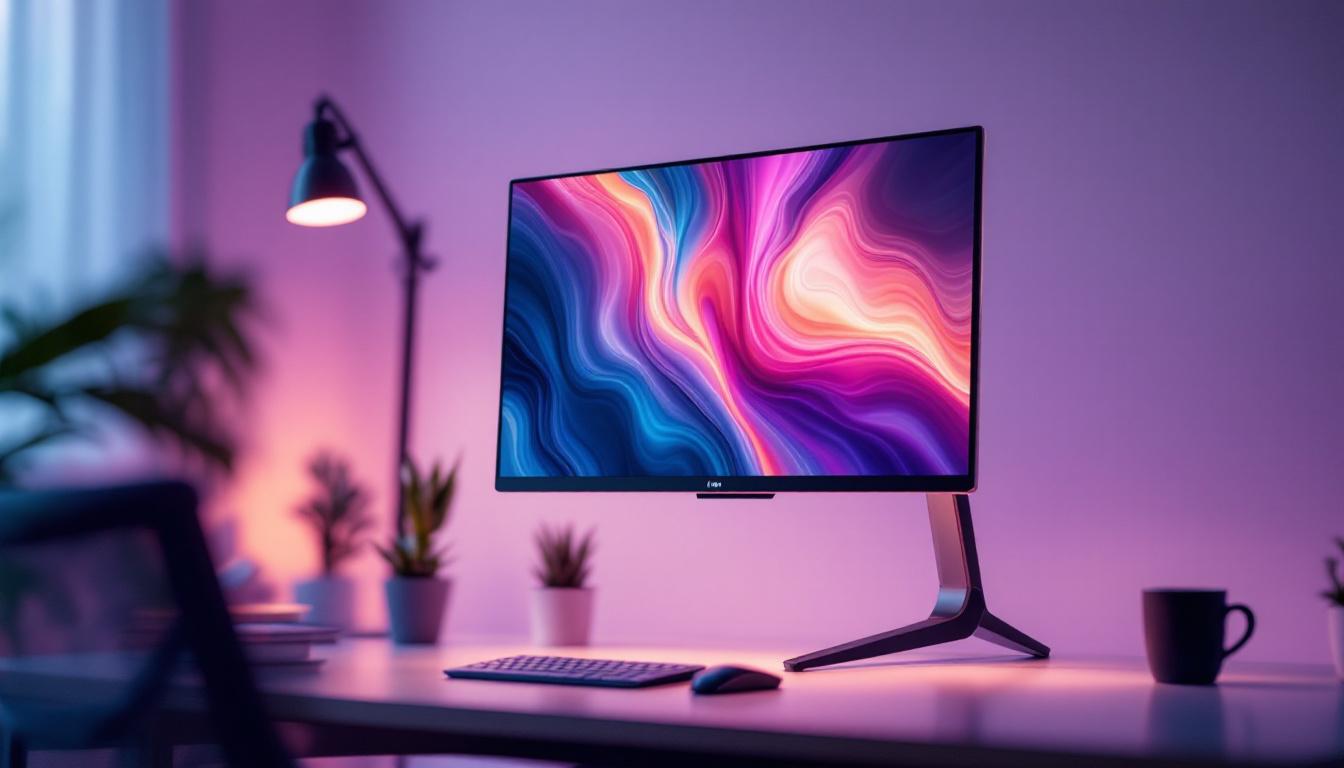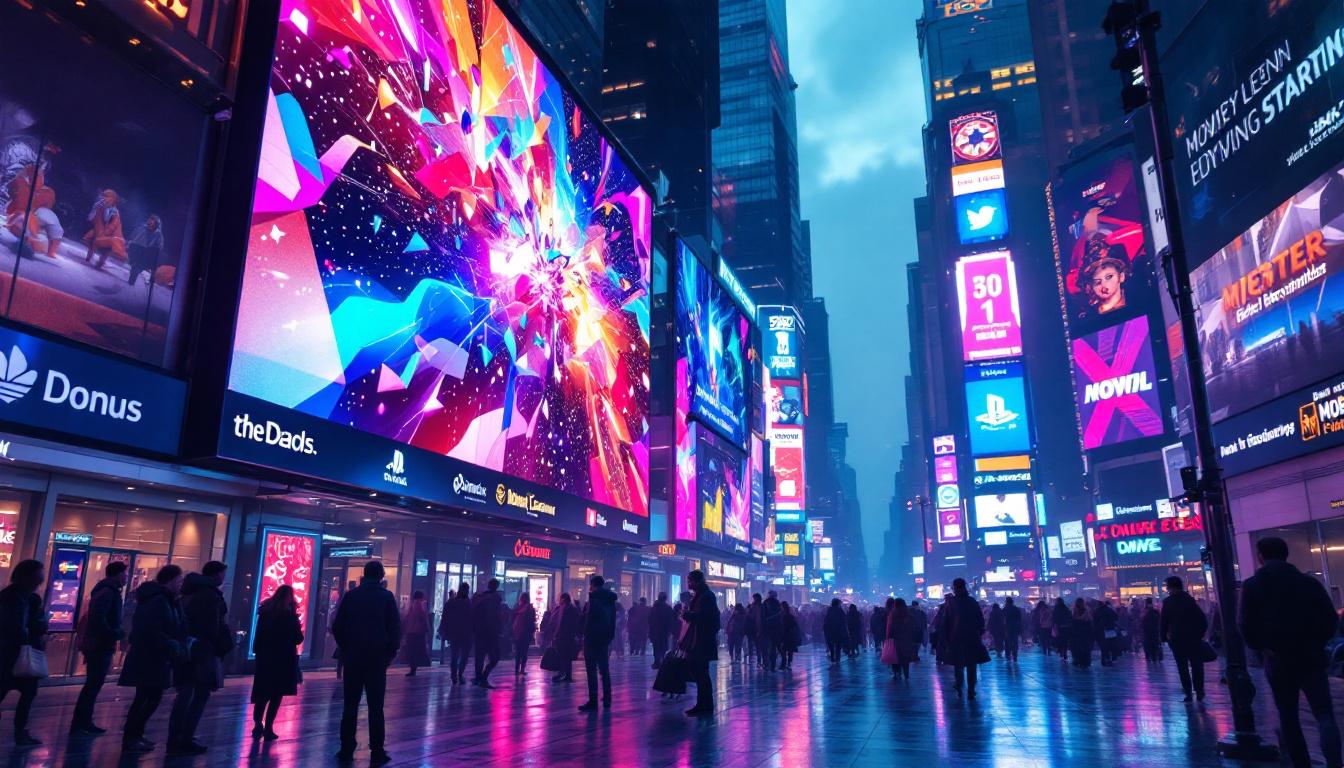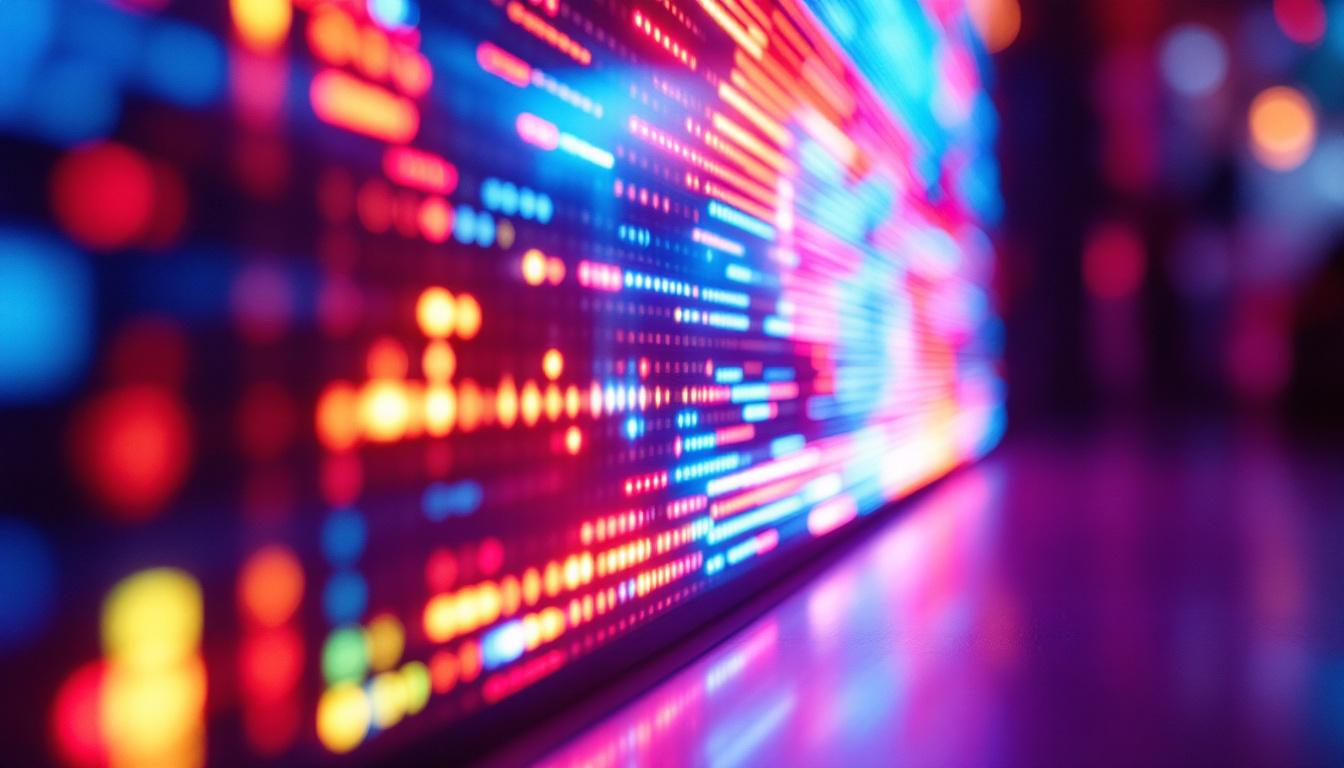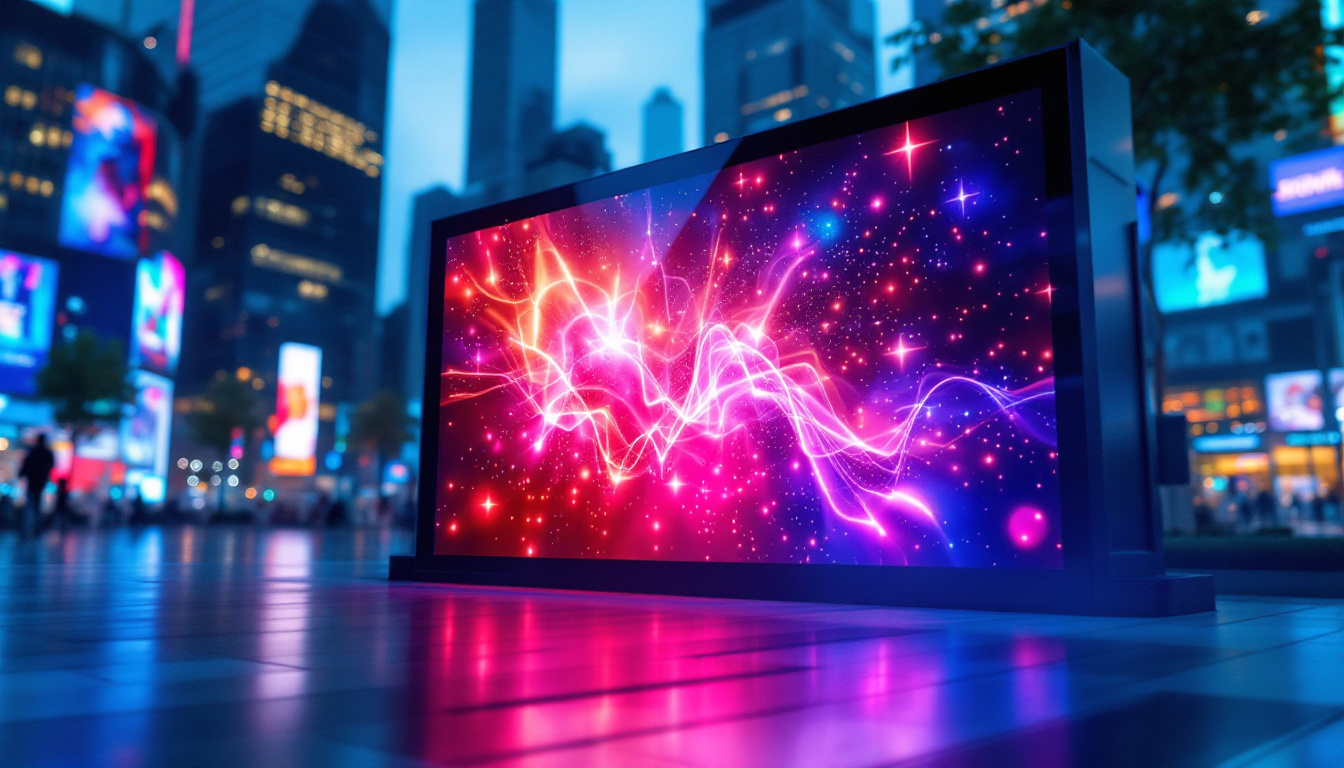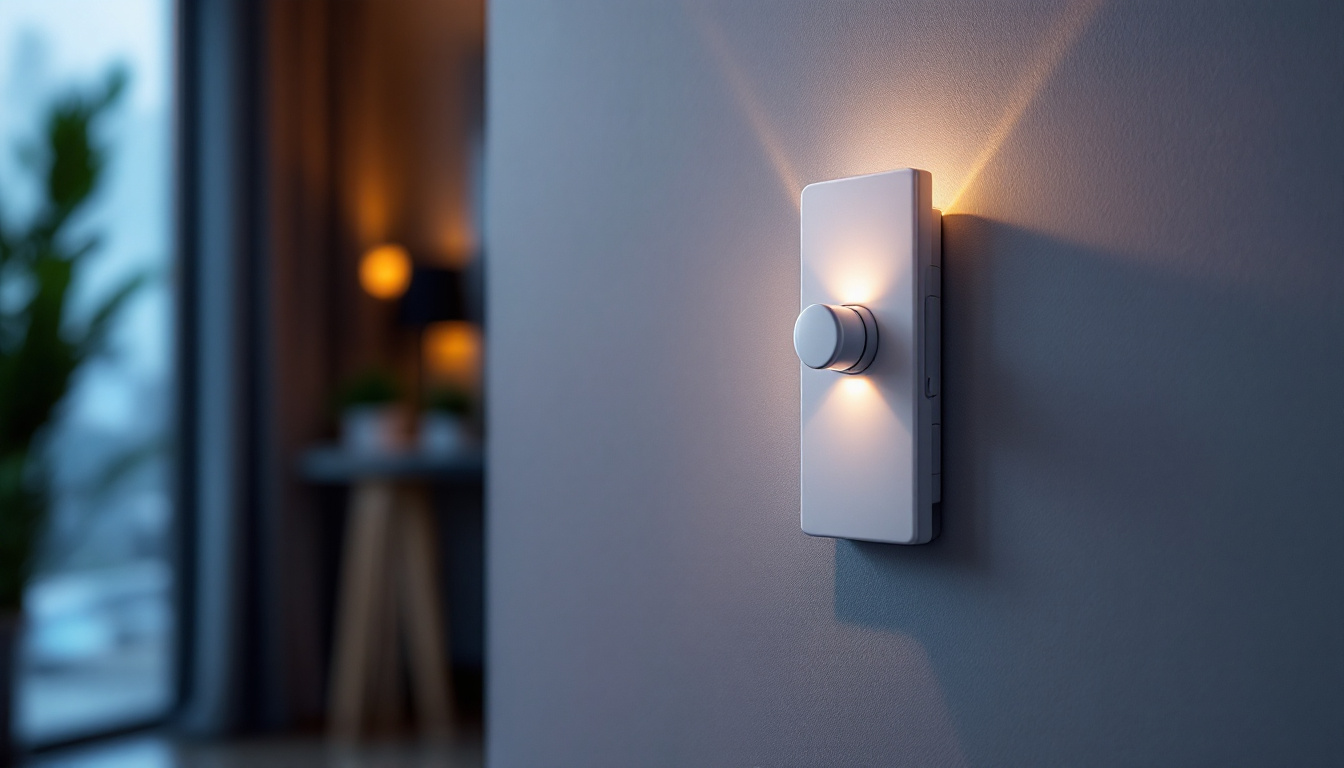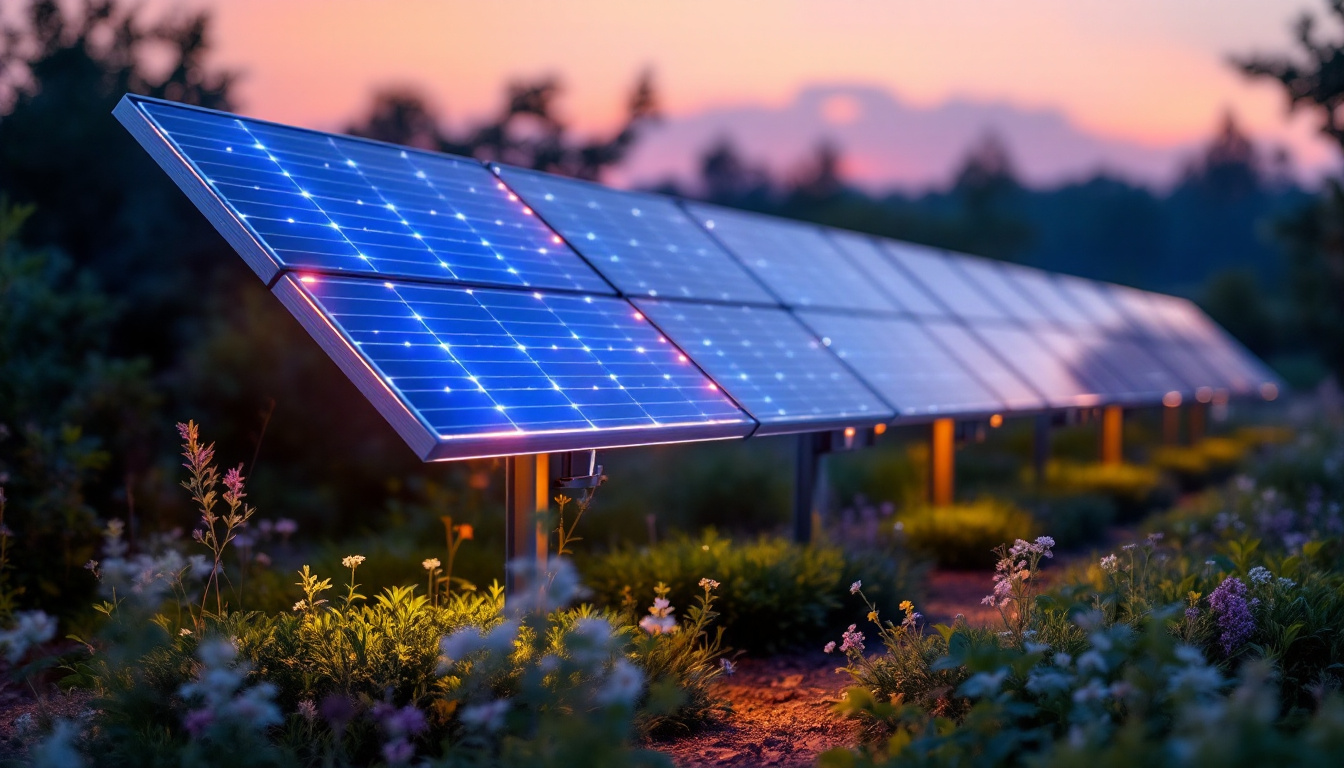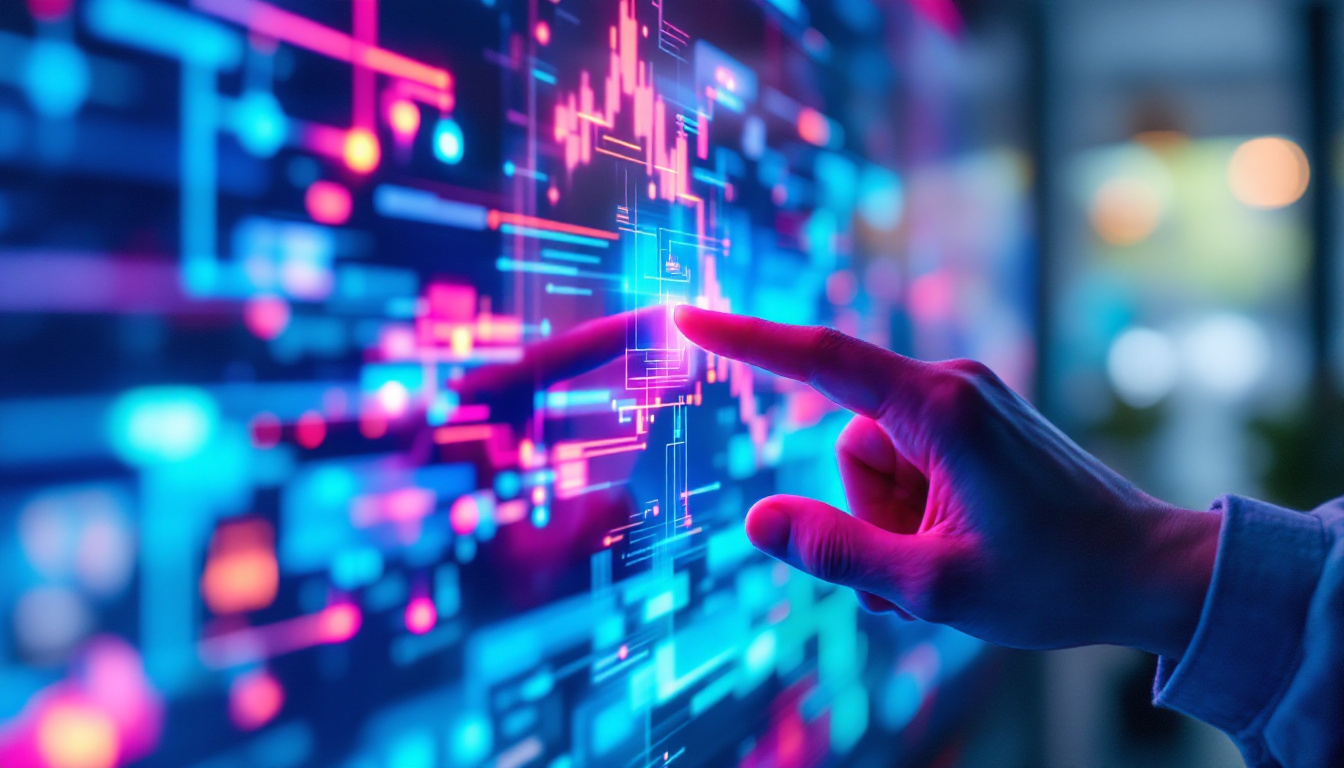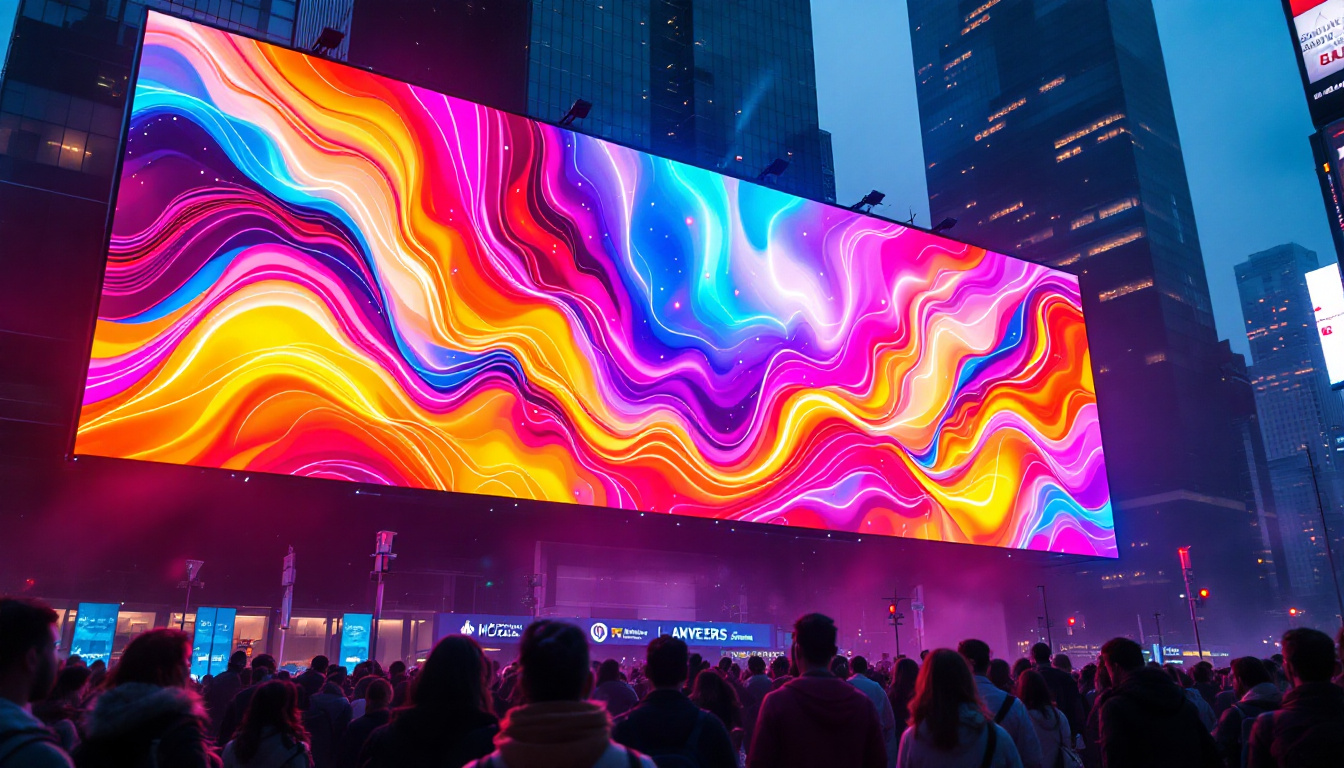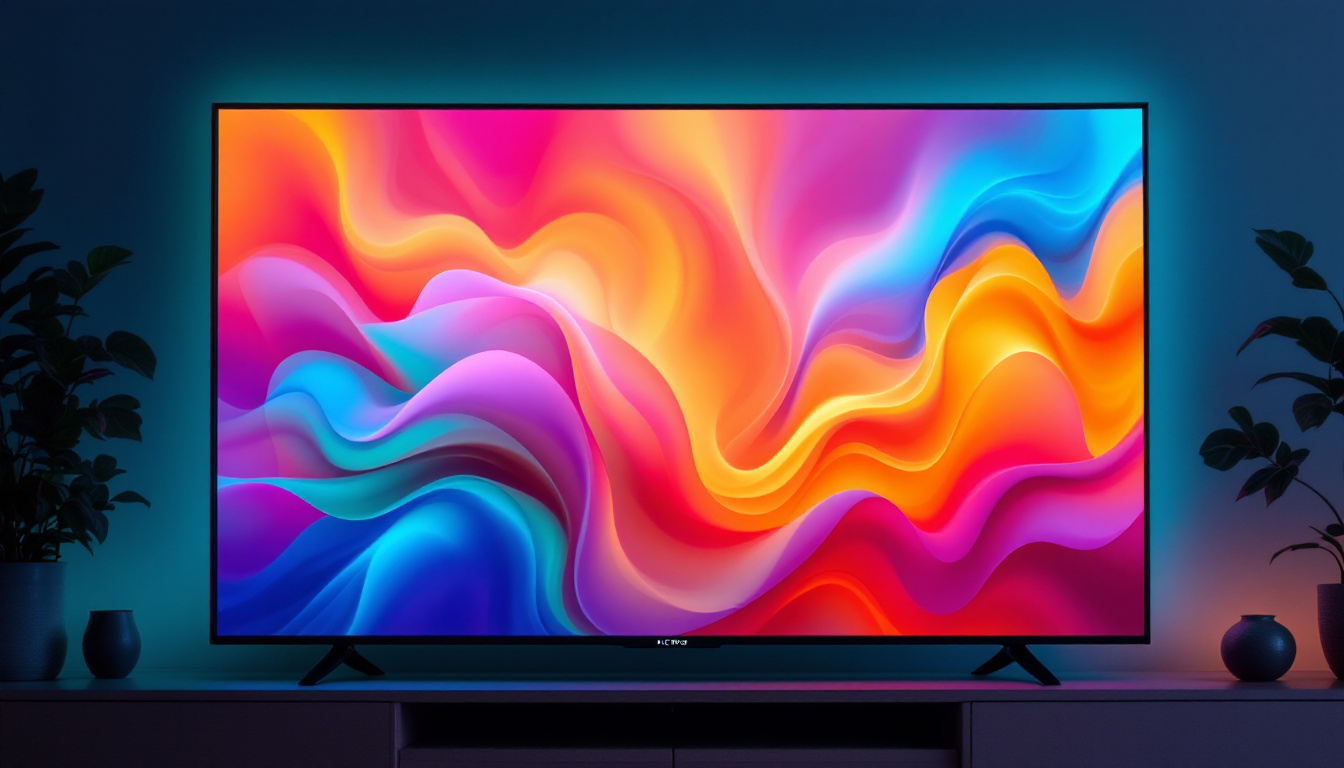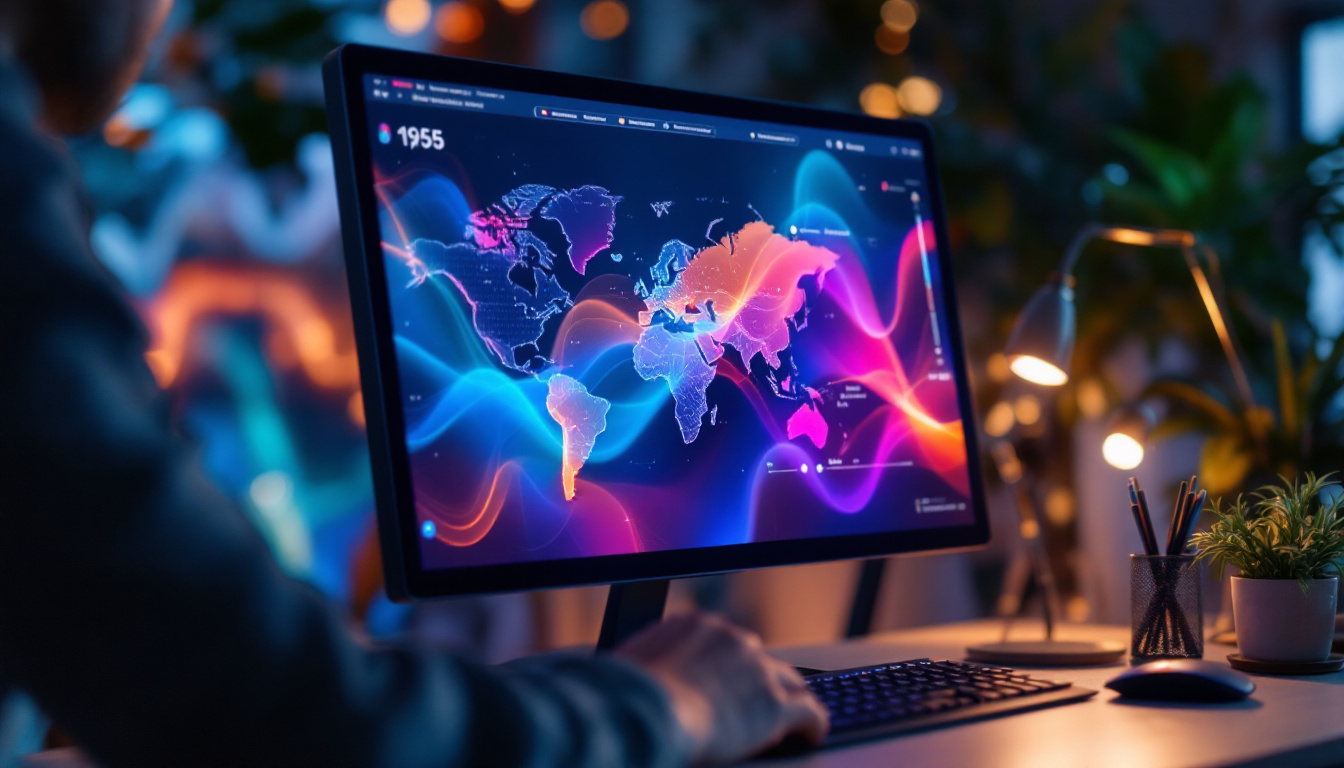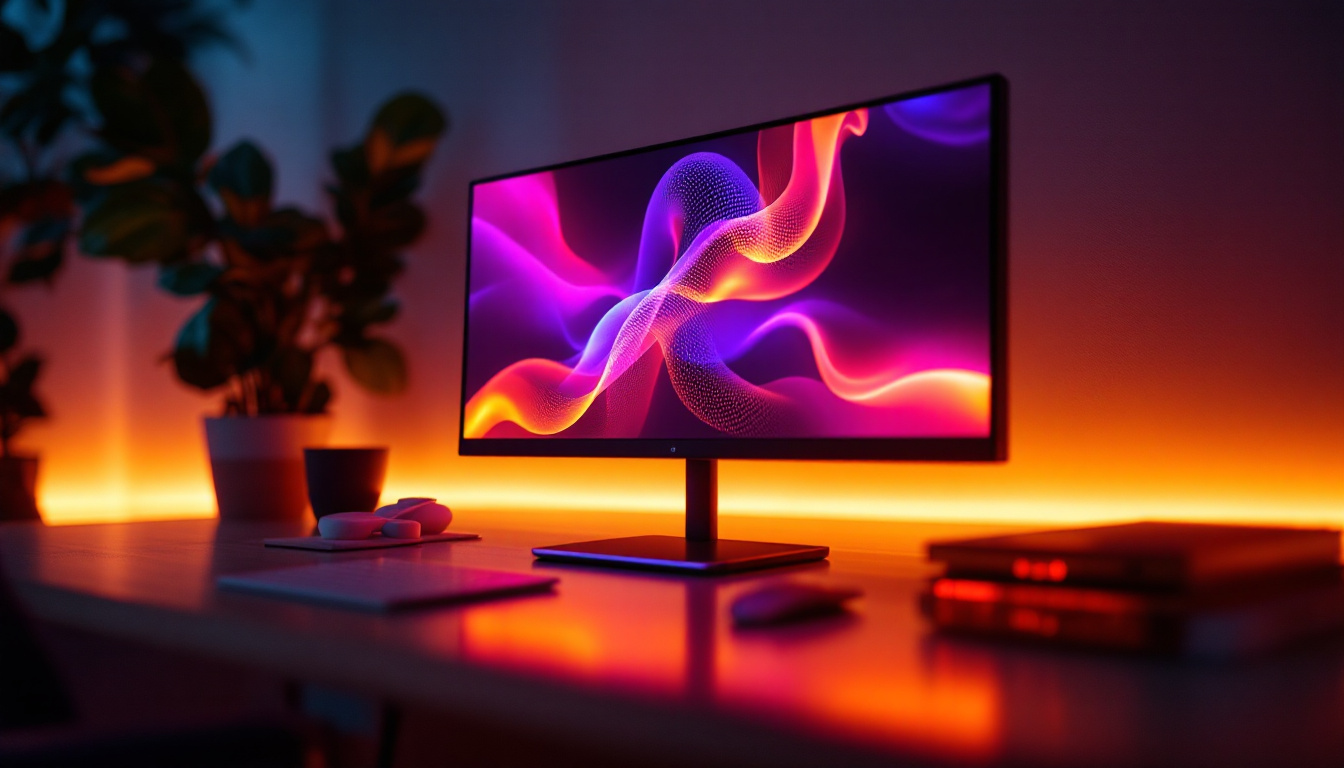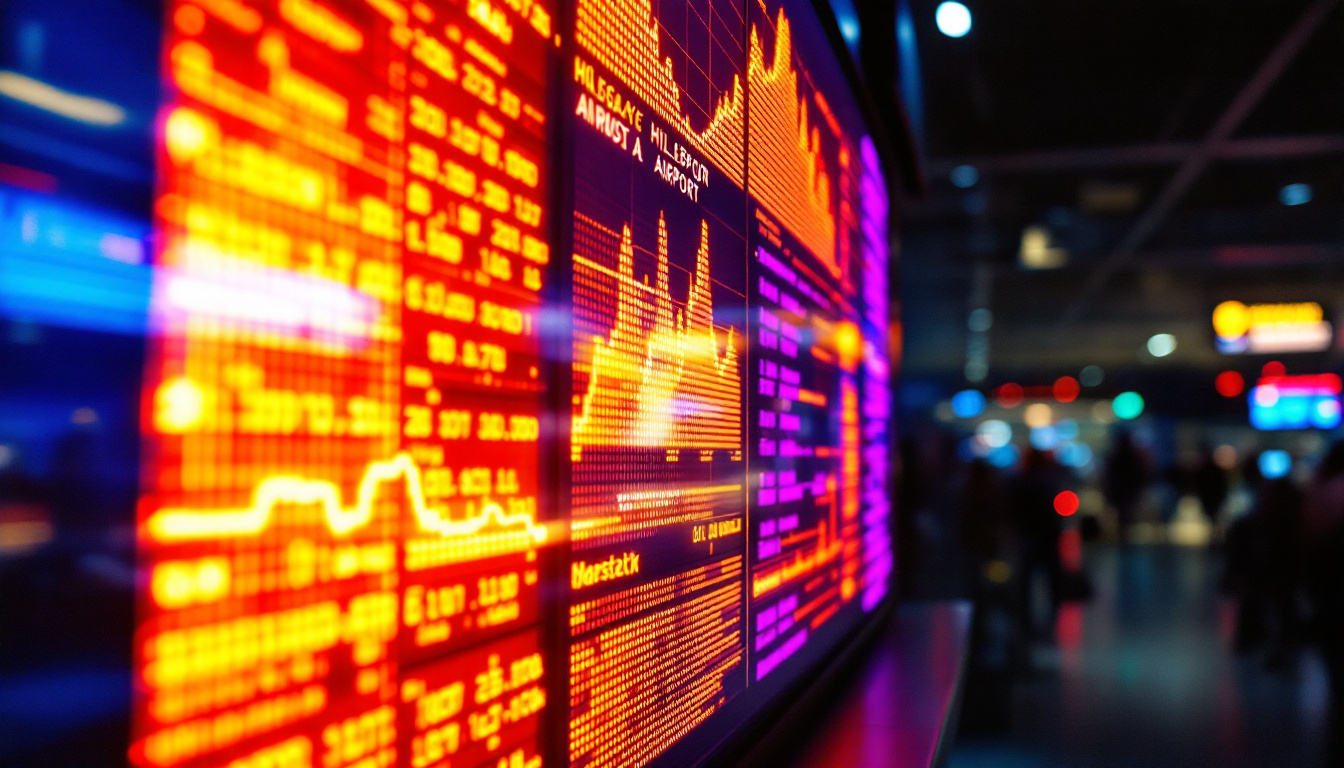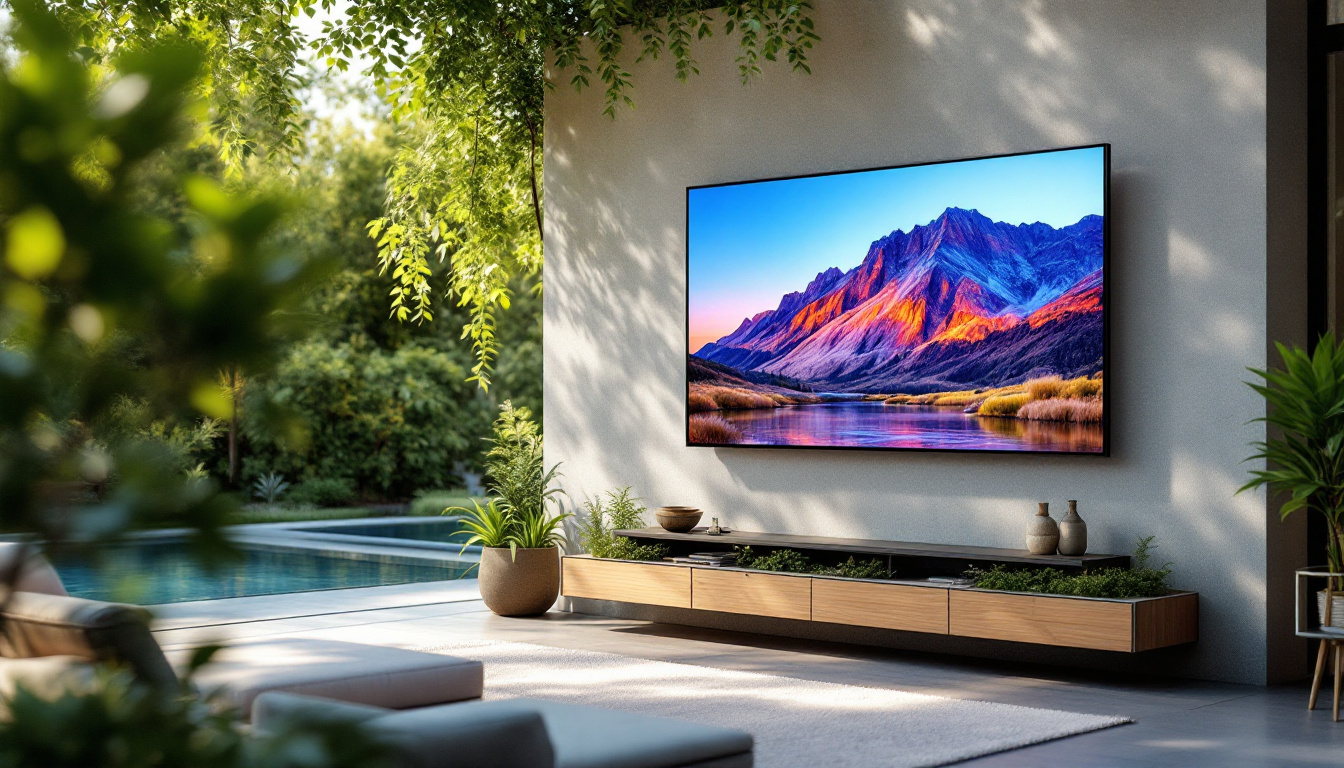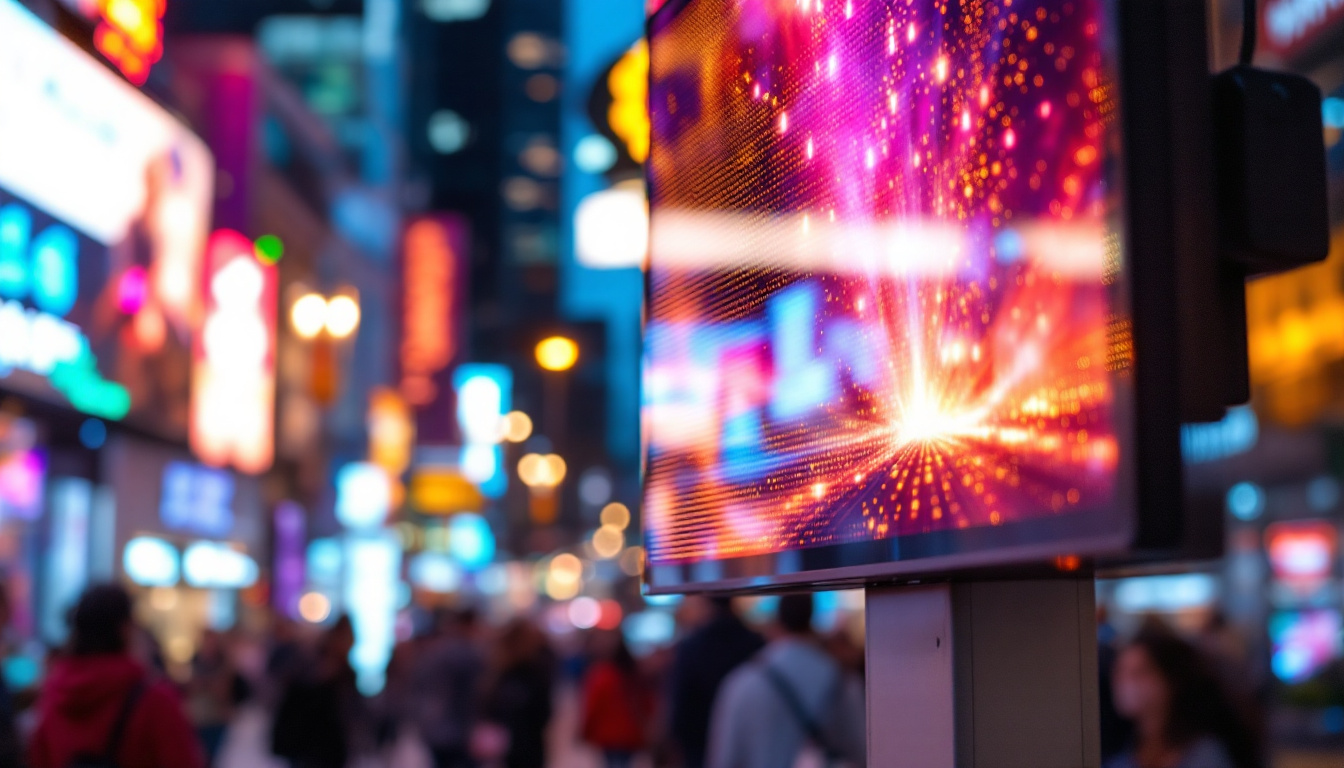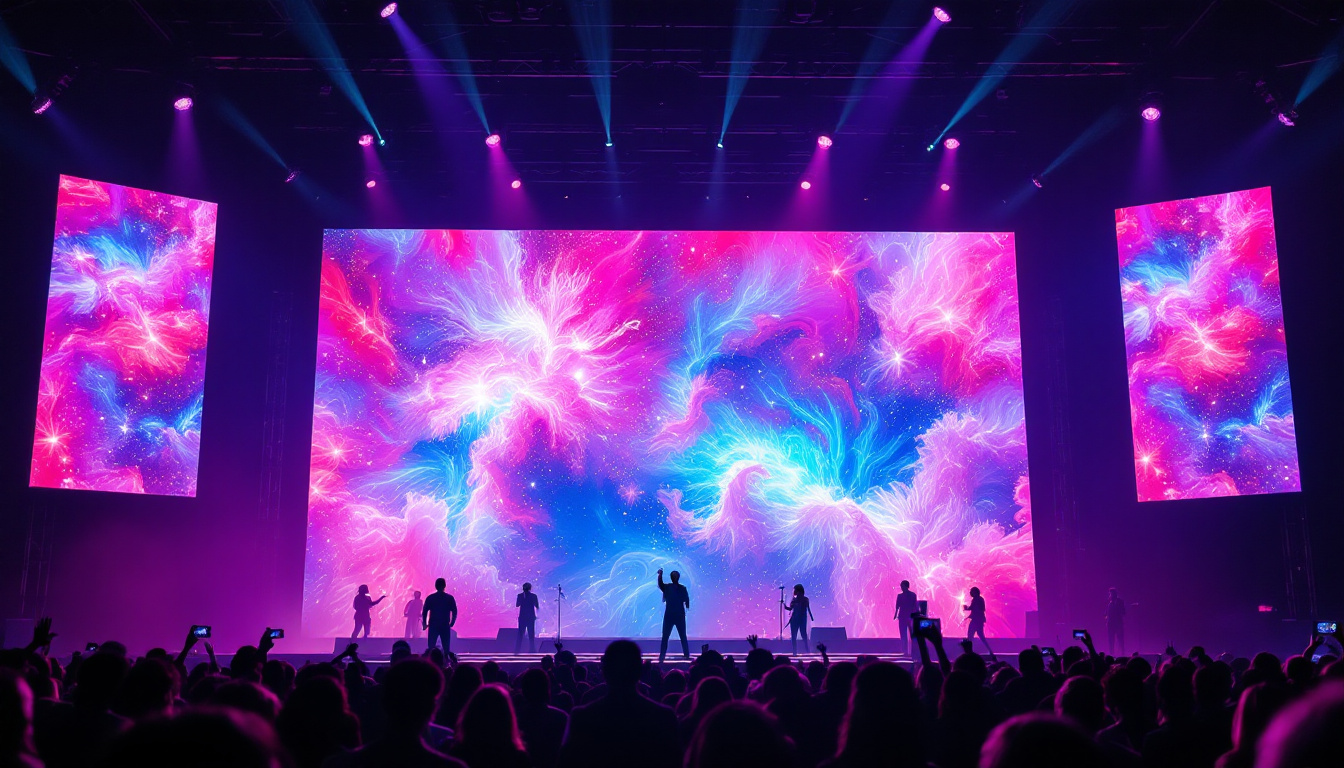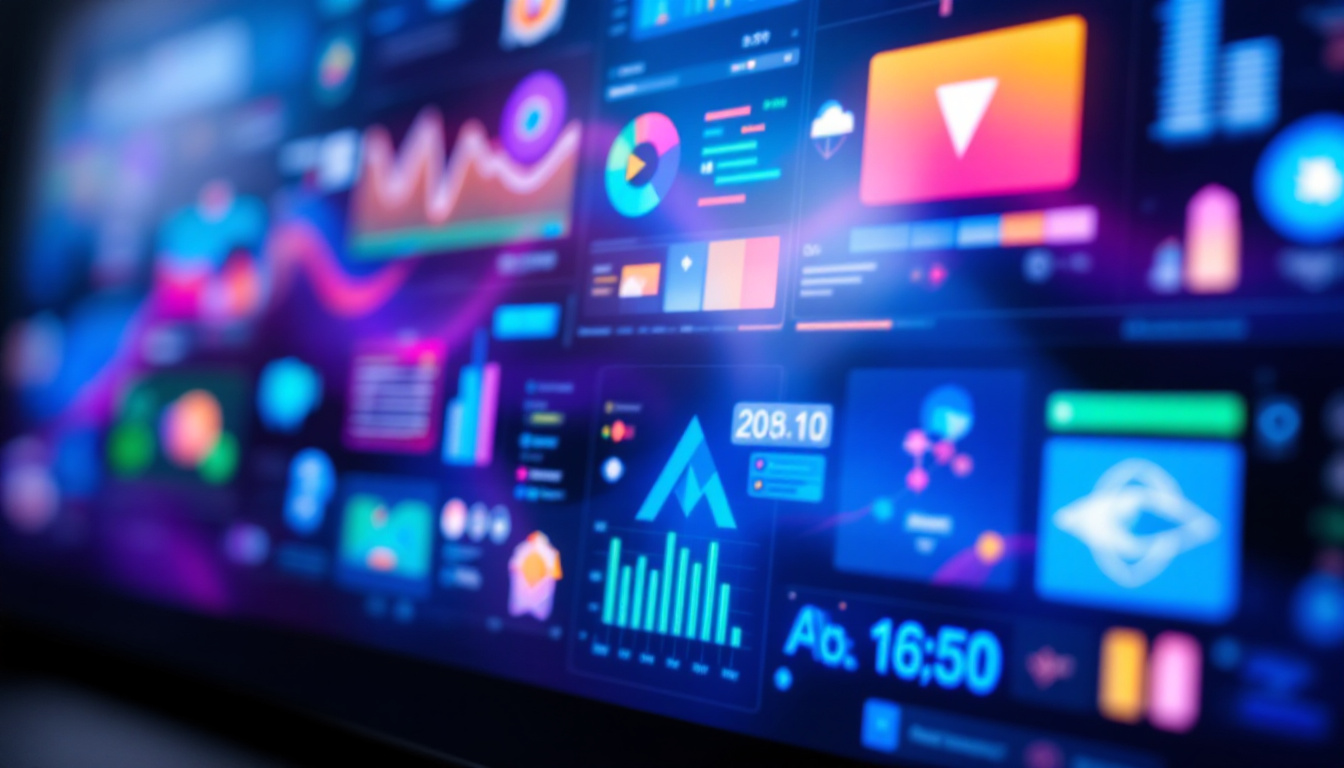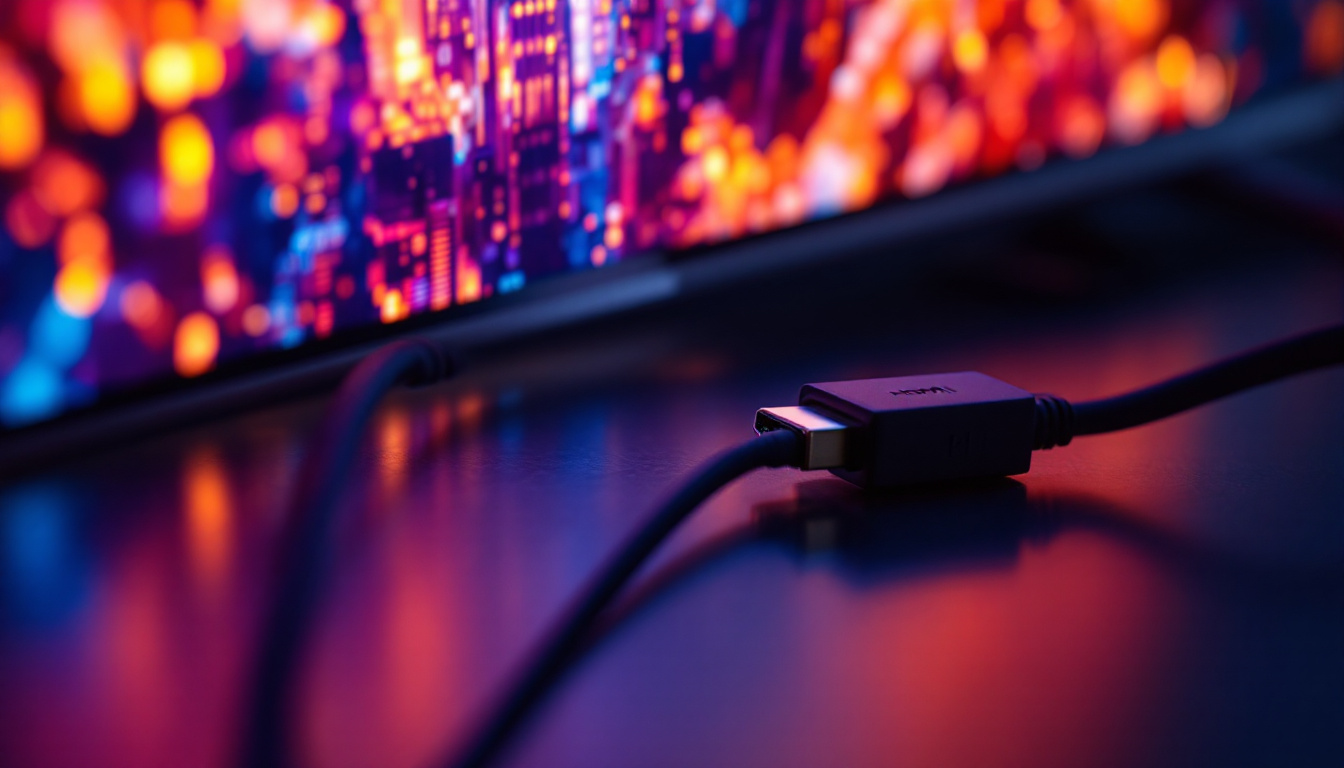In the modern world of visual communication, video display boards have become an essential tool for conveying information and entertainment. Among the various types of display technologies, LED (Light Emitting Diode) displays stand out due to their brightness, energy efficiency, and versatility. This article delves into the intricacies of LED video display boards, exploring their components, advantages, applications, and future trends.
Understanding LED Technology
LED technology has revolutionized the way images and videos are displayed. Unlike traditional display technologies, LEDs utilize semiconductor materials to emit light when an electric current passes through them. This section will break down the fundamental aspects of LED technology.
What is an LED?
LEDs, or Light Emitting Diodes, are small electronic components that produce light when electricity flows through them. They are made from a combination of materials, typically a semiconductor, which emits light of various colors depending on the materials used. The two primary components of an LED are the anode and cathode, which allow the current to flow and produce light.
One of the significant advantages of LEDs is their longevity. Unlike traditional incandescent bulbs, which may last a few thousand hours, LEDs can last up to 25,000 to 50,000 hours or more. This durability makes them ideal for continuous use in various applications, from household lighting to large-scale video displays. Furthermore, LEDs are also more energy-efficient, consuming up to 80% less energy than incandescent bulbs, which not only reduces electricity bills but also contributes to a smaller carbon footprint, making them an environmentally friendly choice.
How LED Displays Work
LED displays are composed of numerous individual LEDs arranged in a grid pattern. Each pixel in an LED display is typically made up of three sub-pixels: red, green, and blue (RGB). By adjusting the intensity of these three colors, a wide spectrum of colors can be produced, allowing for vibrant and dynamic images.
The operation of an LED display involves several key components, including the display panel, control system, and power supply. The control system is responsible for processing the input signals and controlling the brightness and color of each pixel. This intricate coordination allows for smooth video playback and high-quality images, making LED displays ideal for various applications. Additionally, advancements in technology have led to the development of flexible LED displays, which can be bent and shaped to fit unique designs, opening up new possibilities for creative installations in art and architecture. These innovations not only enhance visual experiences but also push the boundaries of how we interact with digital content in our everyday lives.
Advantages of LED Video Display Boards
LED video display boards offer a multitude of benefits that make them a preferred choice for businesses and organizations looking to enhance their visual communication strategies. Here are some of the key advantages.
High Brightness and Visibility
One of the most notable features of LED displays is their exceptional brightness. Unlike traditional displays, which may struggle in direct sunlight or bright environments, LED displays maintain their visibility even in challenging lighting conditions. This high brightness ensures that content is easily seen from a distance, making them ideal for outdoor advertising and public displays.
Moreover, the ability to adjust brightness levels allows for optimal viewing experiences at any time of day, ensuring that messages are effectively communicated regardless of environmental factors. This adaptability is particularly beneficial for events that transition from day to night, as the display can seamlessly adjust to maintain clarity and impact. Additionally, the vibrant colors produced by LED technology enhance the visual appeal of advertisements, drawing in more attention and engagement from passersby.
Energy Efficiency
Energy efficiency is another significant advantage of LED technology. LED displays consume considerably less power compared to traditional display technologies, such as LCD or plasma screens. This reduced energy consumption not only lowers operational costs but also makes LED displays a more environmentally friendly option.
Furthermore, the long lifespan of LEDs means that replacement and maintenance costs are minimized, providing a cost-effective solution for businesses looking to invest in display technology. With many LED displays rated for over 100,000 hours of use, organizations can enjoy years of reliable performance without the frequent need for replacements. This longevity not only contributes to lower costs but also reduces waste, aligning with sustainable practices that are increasingly important to consumers and businesses alike.
Versatility in Applications
LED video display boards are incredibly versatile and can be used in a wide range of applications. From large outdoor billboards to indoor digital signage, LED displays can adapt to various environments and requirements. They are commonly found in sports arenas, concert venues, shopping malls, transportation hubs, and corporate settings.
Additionally, the modular design of many LED displays allows for easy scalability. Businesses can start with a smaller display and expand as needed, making it a flexible solution for growing organizations. This adaptability extends to content management as well, with many LED displays supporting dynamic content that can be updated in real-time. This feature is particularly useful for businesses that want to promote time-sensitive offers or events, as it allows for quick and efficient communication with their audience. Furthermore, the integration of interactive elements, such as touchscreens or QR codes, can enhance user engagement, making LED displays not just a medium for information, but an interactive experience that captivates viewers.
Applications of LED Video Display Boards
The versatility of LED video display boards has led to their widespread adoption across various industries. Here are some prominent applications that highlight their effectiveness.
Advertising and Marketing
In the realm of advertising, LED displays have become a powerful tool for capturing consumer attention. Their vibrant colors and dynamic content allow businesses to create eye-catching advertisements that stand out in crowded environments. Whether used for outdoor billboards or in-store promotions, LED displays can effectively communicate messages and drive customer engagement.
Moreover, the ability to change content quickly and remotely allows businesses to adapt their marketing strategies in real-time, ensuring that promotions are timely and relevant.
Entertainment and Events
LED video display boards are a staple in the entertainment industry, enhancing live events such as concerts, sports games, and festivals. These displays provide audiences with a dynamic viewing experience, showcasing high-definition visuals and real-time updates.
In addition, LED screens are often used for stage backdrops, allowing for creative and immersive environments that enhance the overall experience for attendees. Their flexibility in size and shape enables event organizers to customize displays to fit specific venue requirements.
Transportation and Public Information
LED displays play a crucial role in transportation systems, providing real-time information to commuters. From displaying train and bus schedules to traffic updates and navigation information, these displays enhance the efficiency of public transportation systems.
Furthermore, LED displays are commonly used in airports and train stations to provide travelers with essential information, ensuring smooth operations and improved passenger experiences.
Challenges and Considerations
While LED video display boards offer numerous advantages, there are also challenges and considerations that organizations must keep in mind when implementing this technology.
Initial Investment Costs
One of the primary challenges associated with LED displays is the initial investment cost. High-quality LED video boards can be expensive, which may deter some businesses from adopting this technology. However, it is essential to consider the long-term benefits, including energy savings and reduced maintenance costs, which can offset the initial expenditure over time.
Organizations should conduct a thorough cost-benefit analysis to determine the return on investment (ROI) associated with LED displays, considering factors such as increased customer engagement and enhanced brand visibility.
Maintenance and Upkeep
Although LED displays are known for their durability, they still require regular maintenance to ensure optimal performance. Dust, debris, and environmental factors can affect the display’s clarity and brightness over time. Regular cleaning and inspections are necessary to maintain the quality of the visuals.
Additionally, organizations should have a plan in place for addressing technical issues that may arise, such as pixel failures or software malfunctions. Partnering with a reliable service provider can help streamline maintenance efforts and ensure that displays remain in top condition.
Future Trends in LED Display Technology
The LED display industry is continuously evolving, with advancements in technology paving the way for new possibilities. Here are some emerging trends that are expected to shape the future of LED video display boards.
Advancements in Resolution and Clarity
As technology progresses, LED displays are becoming increasingly capable of delivering higher resolutions and improved clarity. The introduction of microLED and miniLED technologies is pushing the boundaries of display quality, allowing for finer pixel densities and enhanced color accuracy.
These advancements will enable businesses to create even more immersive and visually stunning experiences, making LED displays an even more attractive option for various applications.
Integration with Smart Technologies
The integration of LED displays with smart technologies is another trend gaining traction. With the rise of the Internet of Things (IoT), LED displays can be connected to various devices and systems, allowing for real-time data sharing and interactivity.
This connectivity enables businesses to create dynamic content that responds to external factors, such as weather conditions or audience engagement, further enhancing the effectiveness of their messaging.
Sustainability Initiatives
As environmental concerns continue to grow, the LED display industry is increasingly focusing on sustainability. Manufacturers are exploring ways to reduce the environmental impact of production processes and improve the recyclability of display components.
Additionally, energy-efficient designs and materials are being prioritized, ensuring that LED displays remain a sustainable choice for businesses looking to minimize their carbon footprint.
Conclusion
LED video display boards have transformed the landscape of visual communication, offering a powerful medium for businesses and organizations to convey messages effectively. With their high brightness, energy efficiency, and versatility, LED displays are becoming the go-to choice for various applications, from advertising to public information.
While challenges such as initial investment costs and maintenance considerations exist, the long-term benefits of LED technology far outweigh these hurdles. As advancements in resolution, smart technology integration, and sustainability initiatives continue to shape the industry, LED displays are poised to play an even more significant role in the future of visual communication.
In an increasingly competitive landscape, embracing LED video display technology can provide businesses with a distinct advantage, enabling them to engage audiences and convey information in a captivating and dynamic manner.
Discover LumenMatrix LED Display Solutions
Ready to elevate your visual communication strategy with the high brightness, energy efficiency, and versatility of LED displays? LumenMatrix is at the forefront of LED display technology, offering a wide array of innovative solutions tailored to your needs. From Indoor and Outdoor LED Wall Displays to specialized options like Vehicle LED Displays, LED Sports Displays, and Custom LED solutions, we have the tools to transform your space and captivate your audience. Embrace the future of digital signage with LumenMatrix and make a lasting impression. Check out LumenMatrix LED Display Solutions today and see the difference for yourself.

